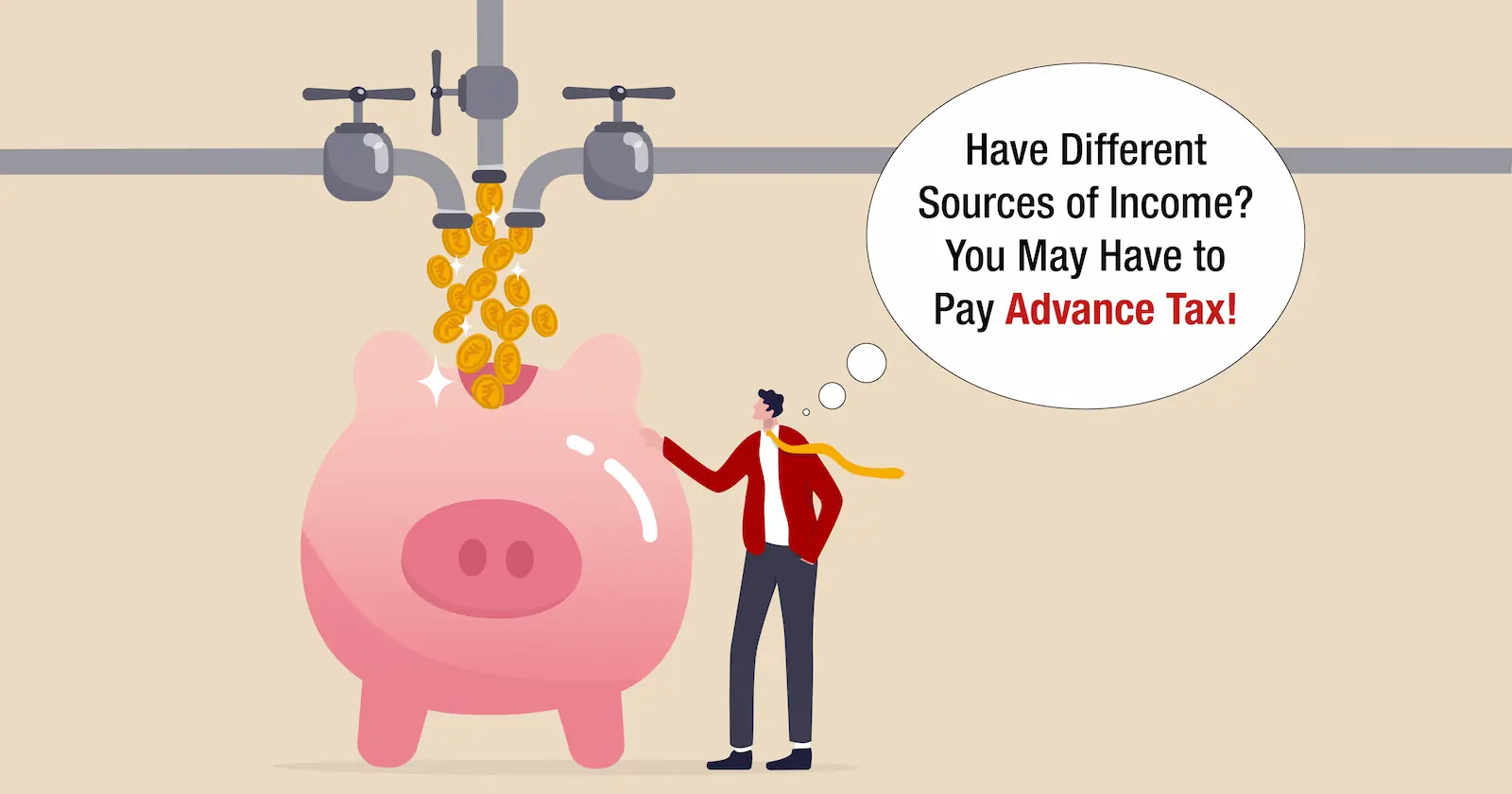Before choosing between the many tax-saving options available, you need to consider certain factors. Here are 5 questions to ask yourself before picking a tax-saving investment to enjoy tax benefits.
1.How much tax do you need to save? Estimate your tax liability to determine the amount of tax you need to save. For instance, say you’re in the 20% income tax slab, and your tax liability comes up to ₹ 20,000. To bring your tax liability down to zero, you’ll need to reduce your taxable income by approximately ₹ 1 lakh. So, you need not invest the whole ₹ 1.5 lakh under section 80C. It’s enough if you invest just ₹ 1 lakh in tax-saving investments like FDs, PPF, or Insurance.
2. What’s your risk appetite? Some tax-saving options such as fixed deposits, Public Provident Fund (PPF), and life insurance carry low risks. Others such as Equity Linked Savings Scheme (ELSS) come with a higher level of risk attached. In most cases, low-risk instruments offer lower rewards than high-risk options. You need to assess your risk appetite and decide on the level of risk you’re comfortable with before you pick an investment option.
3. What’s your investment budget? Your investment budget is the amount that you can afford to park in investments. For example, if you earn ₹ 50,000 each month and spend around ₹ 30,000, you have ₹ 20,000 remaining. Of this, perhaps you can afford to invest about ₹ 10,000. This is your investment budget. If you only have small amounts available for investing each month, opt for tax-saving investments that support the SIP strategy, where you can invest as low as ₹500 monthly.
4. What are your financial goals? While a tax benefit is undoubtedly a good reason to invest in a scheme, it should not be your only motive. Ideally, you need to link your investments with your financial goals. So, before you choose between different tax-saving options, question yourself about how they each fit in with your overall financial targets. It’s best to pick an investment that offers you tax benefits and also allows you to achieve your short-term or long-term goals.
5. What is the extent of the exemption offered? Some tax-saving options offer tax benefits only on the investments made. The maturity proceeds received at the end of the investment tenure are taxable. Other investments, known as exempt-exempt-exempt (EEE) options, offer tax benefits on the investment value as well as on the amounts accumulated and withdrawn. Enquire about the extent of tax benefits and exemptions offered by different tax-saving options before you invest in them.




Comments